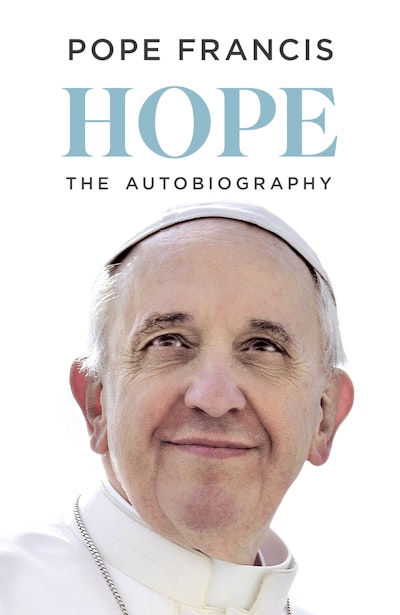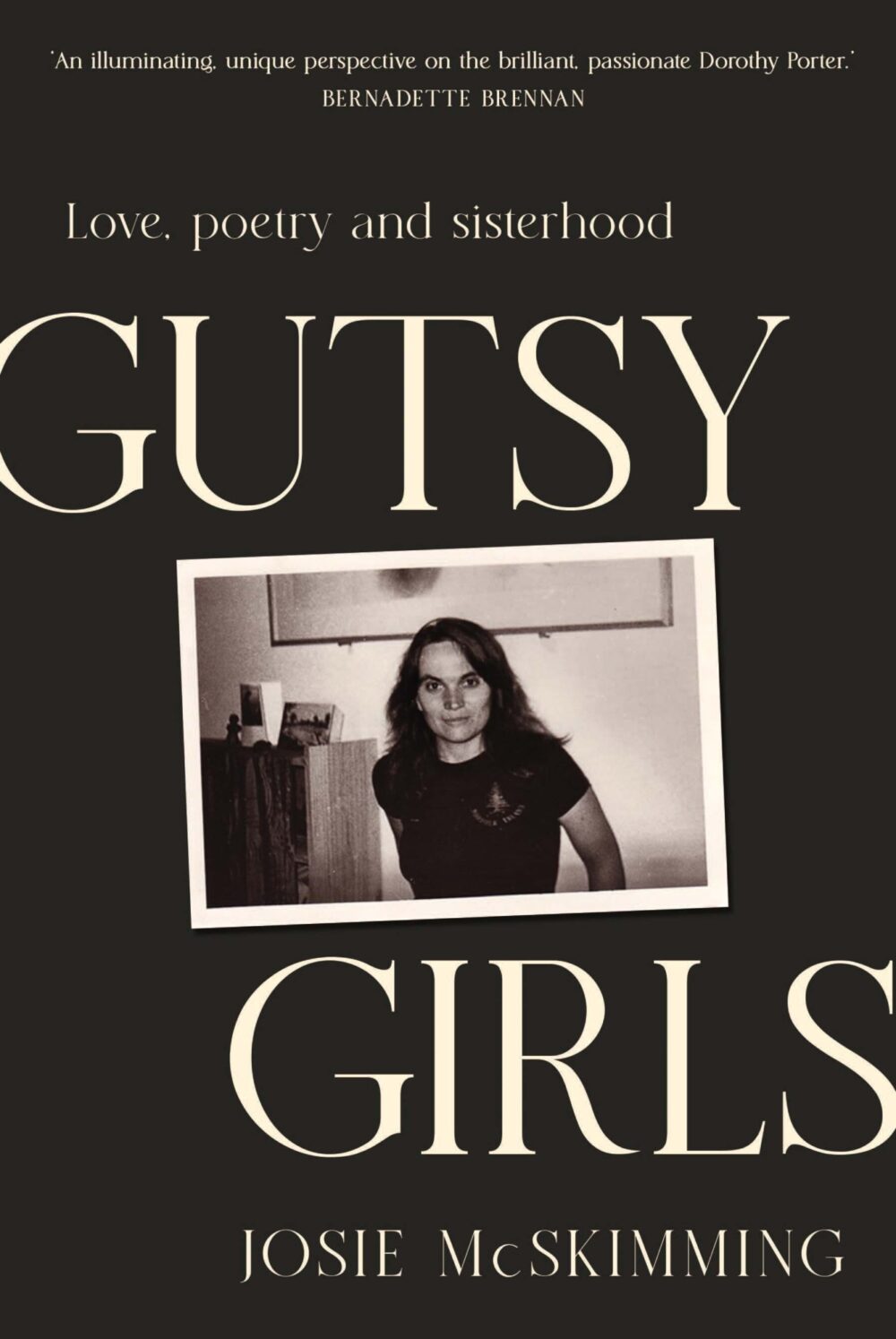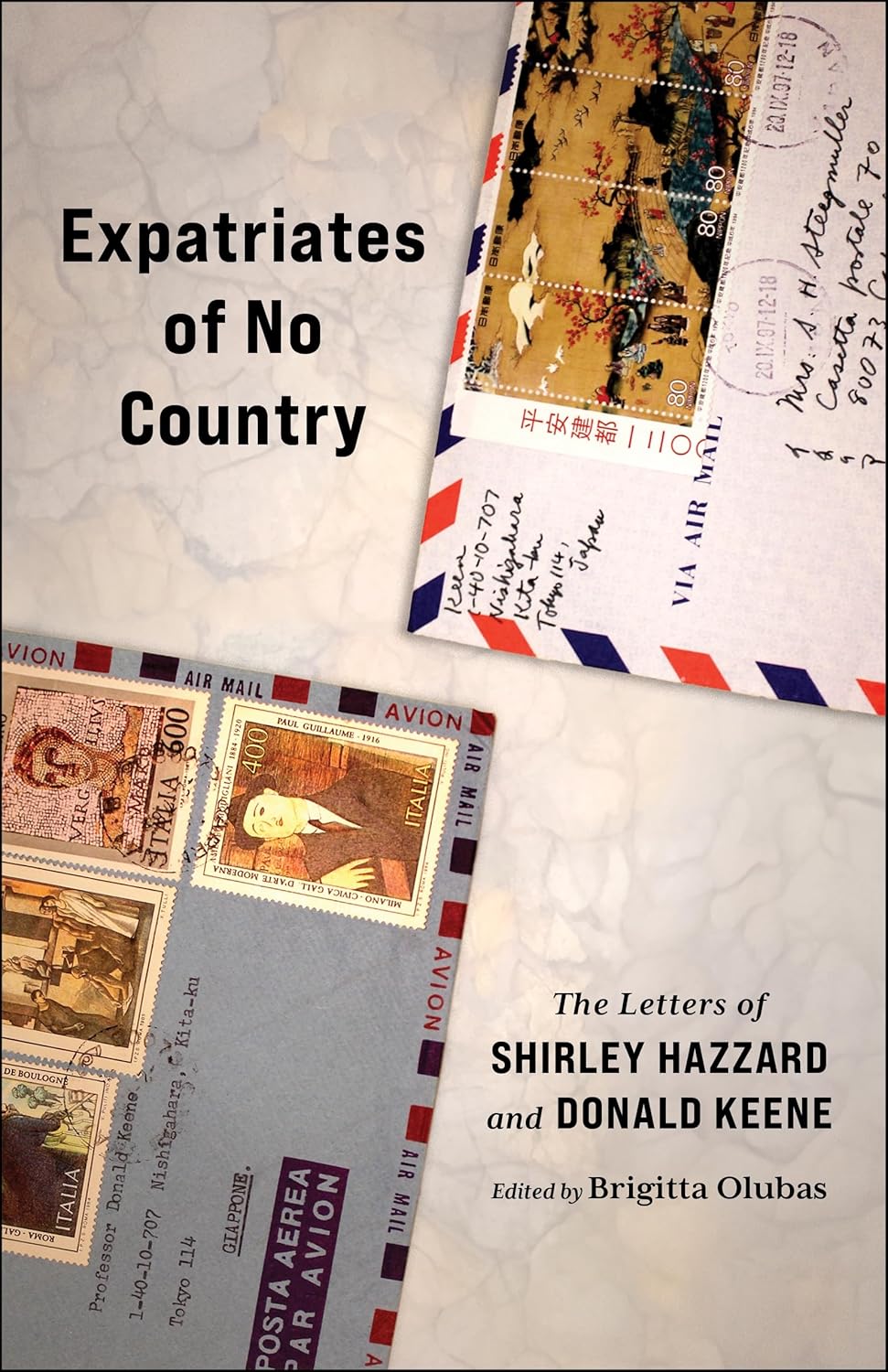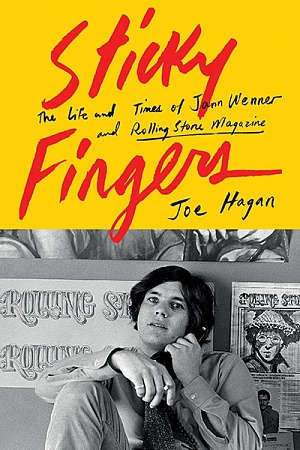Debussy: A painter in sound
Faber & Faber, $39.99 hb, 358 pp, 9780571330164
Debussy: A painter in sound by Stephen Walsh
‘Chopin is the greatest of them all,’ Claude Debussy told his pupil Marguerite Long, ‘for through the piano alone he discovered everything.’ This ‘everything’ had a long shadow, for Long described Debussy as ‘impregnated, almost inhabited, by [Chopin’s] pianism’. Unsurprisingly, therefore, the young Debussy composed a Mazurka and some Nocturnes, and then later, between 1909 and 1913, twenty-four Preludes, scribbling an epigraph under each to acknowledge inspiration or program, a nod to the epigraphs that clung with grim persistence to Chopin’s Preludes in the late nineteenth century. At the Exposition Universelle in 1889, Debussy encountered the scales and modes and gongs and bells of Javanese gamelan, and his music thereafter occupied a new landscape. Yet even then, as pianist and scholar Roy Howat has written, with his own voice secure and the sound world he evoked so foreign to French audiences, Debussy still managed to tip his cap in Chopin’s direction.
Continue reading for only $10 per month. Subscribe and gain full access to Australian Book Review. Already a subscriber? Sign in. If you need assistance, feel free to contact us.










Leave a comment
If you are an ABR subscriber, you will need to sign in to post a comment.
If you have forgotten your sign in details, or if you receive an error message when trying to submit your comment, please email your comment (and the name of the article to which it relates) to ABR Comments. We will review your comment and, subject to approval, we will post it under your name.
Please note that all comments must be approved by ABR and comply with our Terms & Conditions.